A famous institution devoted to avant-garde and futuristic ideas is the Museum of the Future. The Museum of the Future, a torus-shaped building with windows shaped like a poetry about the future written by His Highness Sheikh Mohammed bin Rashid Al Maktoum, Vice President and Prime Minister of the United Arab Emirates and Ruler of Dubai, is situated in the Financial District of Dubai, United Arab Emirates. The Dubai Future Foundation founded it. On February 22, 2022, the United Arab Emirates Government inaugurated the museum. The date, February 22, 2022, was formally chosen because it is a palindrome.
Known as a “living museum,” it combines aspects of immersive theater, traditional exhibitions, and themed attractions so that guests can gaze beyond the present and into the seemingly endless possibilities of the future. It serves as the headquarters for the city’s “Great Arab Minds” program, which aims to uncover 1,000 extraordinary Arab talents across critical sectors, and it also advances a global intellectual movement.
The goal of this museum is to be the first to look to the future, rather than the past. It is said that everything in the museum is predicted to be in 2071.
FROM INSIDE
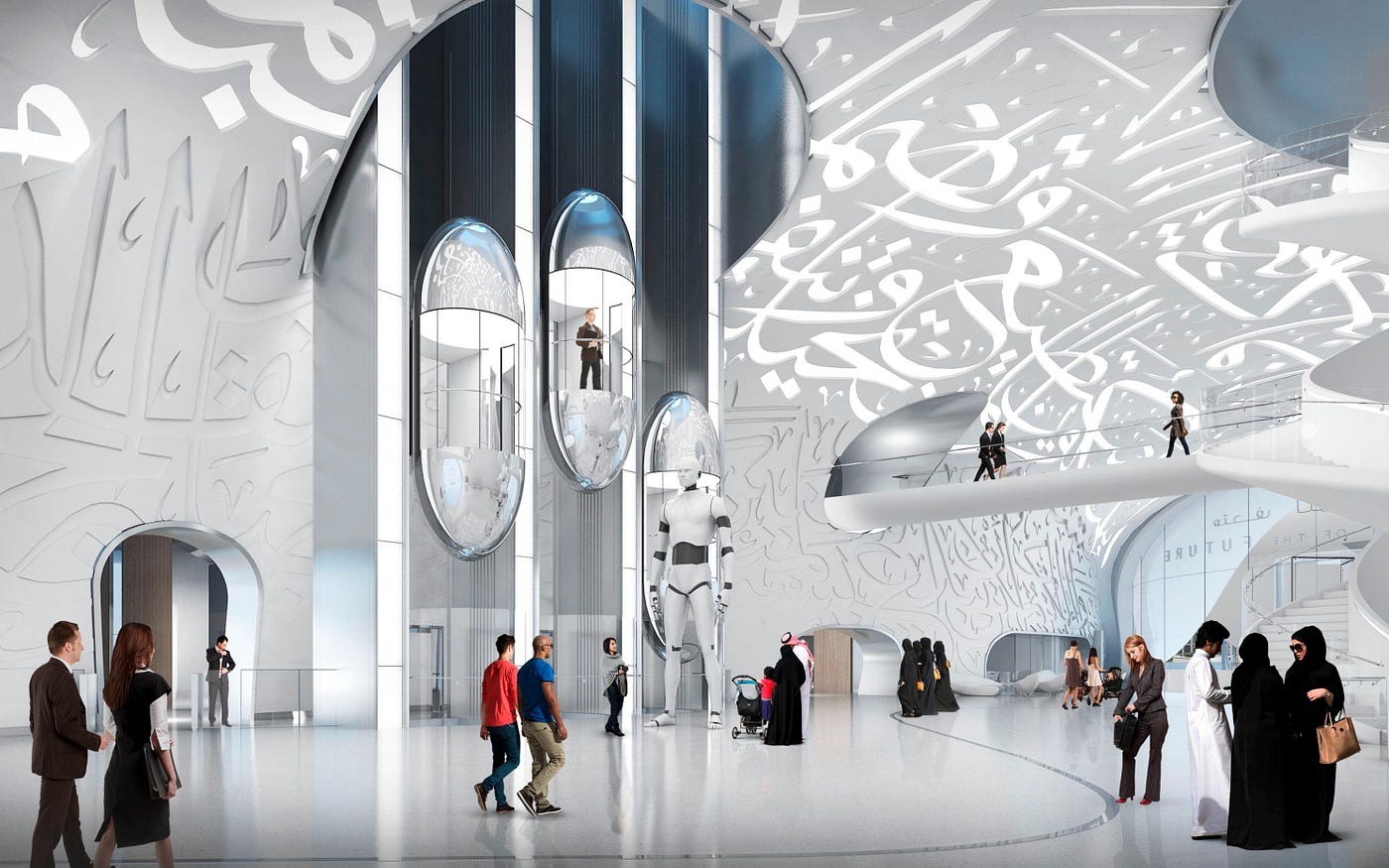
Go back in time to 2071 with the Museum of the Future. It has a total of seven floors, five of which are devoted to exhibits with varying themes. Visitors are taken on a floor-by-floor tour of the building starting on the fifth floor.
Fifth Floor – Orbital Space Station (OSS) Hope: This floor’s topic centers on living in space in the year 2071 and investigates how advancements in space technology may aid humanity in overcoming obstacles.

Fourth Floor – The HEAL Institute: Draws attention to the ecosystem and biodiversity of the future, with a focus on how visitors can help to repair, restore, and recreate life on Earth.
Third Floor – Al Waha: On this floor, guests can engage in a variety of therapies to help them stay grounded and focused by connecting with their senses.
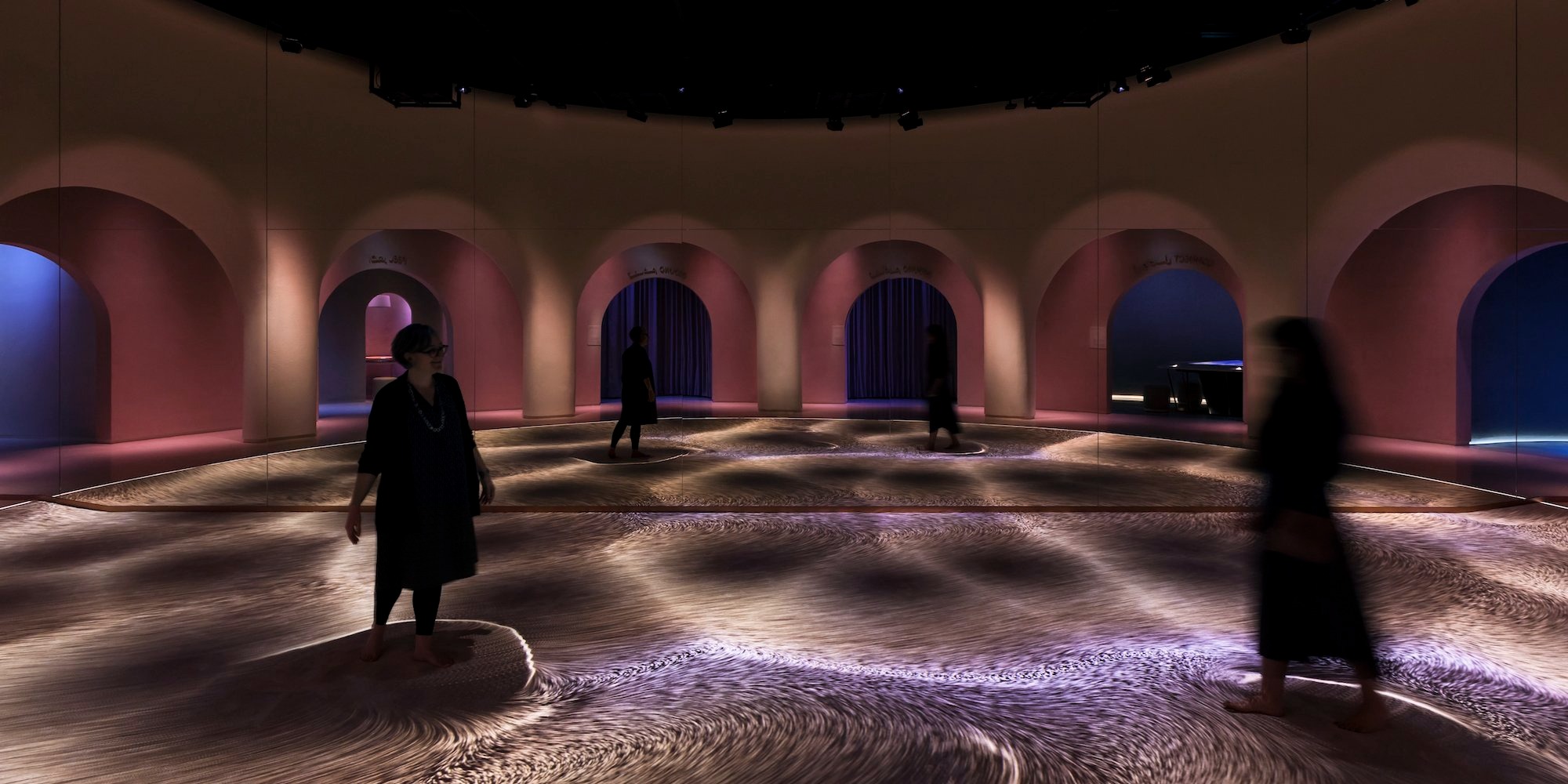
Second Floor – Tomorrow, Today: This floor addresses current solutions in response to global concerns by showcasing cutting-edge technology and creative concepts. This floor serves as a global foresight laboratory and incubator, reflecting the museum’s engagement with its strategic partners.
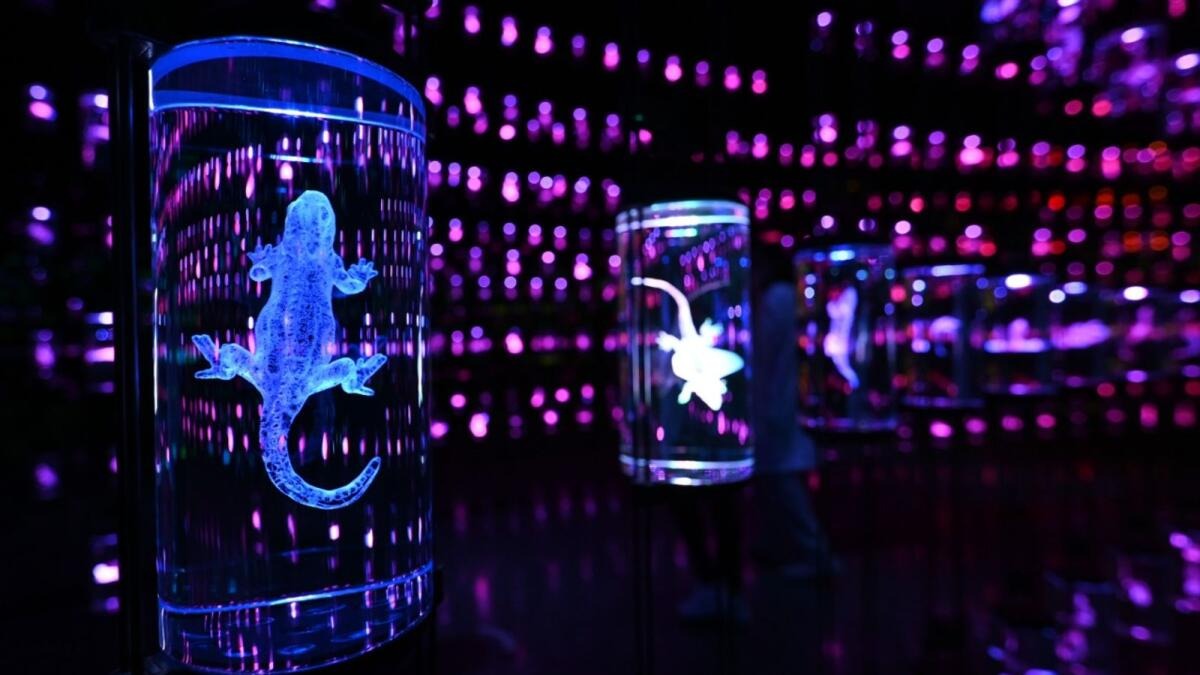
First Floor – Future Heroes: This floor is devoted to kids under ten years old and features creative and collaborative task-based learning, interactive games, and hands-on play, including creating their own avatars.
WHAT IS WRITTEN ON IT
The building’s outer facade is made up of windows that resemble Arabic quotations from the ruler of Dubai regarding the future of the emirate. Three quotations from Sheikh Mohammed bin Rashid Al Maktoum, the prime minister and vice president of the United Arab Emirates, are inscribed on the Dubai Museum of the Future. They are as follows:
We won’t live for hundreds of years, but the products of our creativity can leave a legacy long after we are gone.
The future will be for those who will be able to imagine, design and build it, the future does not wait, the future can be designed and built today.
The secret of the renewal of life, the development of civilization and the progress of humanity is in one word: innovation.
Emirati artist Matar Bin Lahej is the author of the Arabic calligraphy phrases inscribed on the Museum of the Future in Dubai.
STRUCTURE
Modern technology, such as Building Information Modeling (BIM) and parametric design, was needed to tackle difficult architectural issues in the museum’s ground-breaking structure. Robotic technology was utilized to create 1,024 stainless steel panels covering 17,600 square meters for the exterior face. As a result, the structure established a standard for applying cutting-edge design concepts and ideas.
The Museum of the Future’s elliptical shape presented a special challenge during construction. Without any support columns, the building’s designers and architects had to get creative. They devised the brilliant plan to swap out the columns for a robust backbone made of 2,400 diagonally intersecting beams made of stainless steel.
The museum has seven floors dedicated to different exhibitions. Three floors focus on outer space resource development, ecosystems and bioengineering, and health and wellbeing. The other floors showcase near-future technologies that address challenges in areas including health, water, food, transportation, and energy, while the last floor is dedicated to children.


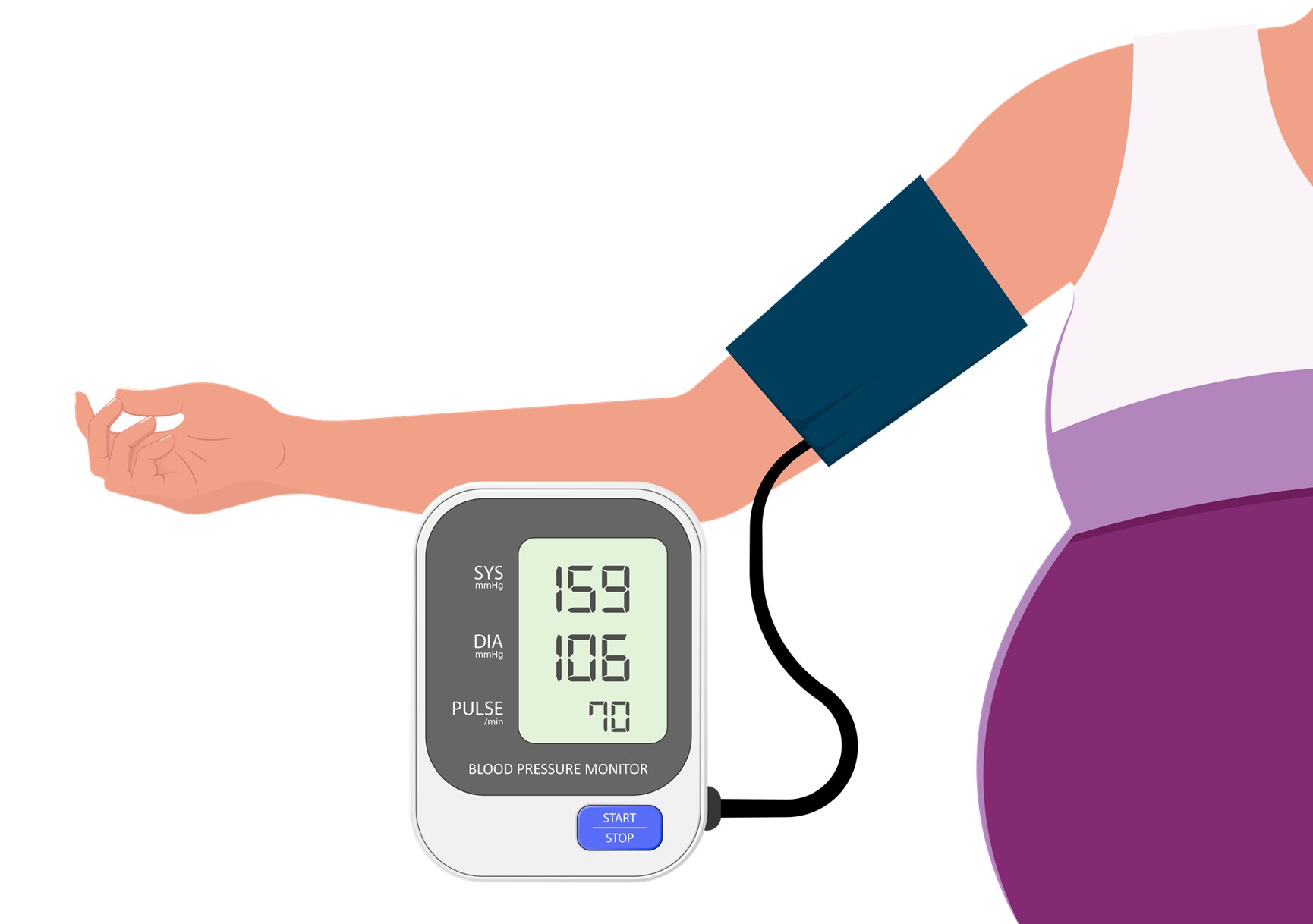









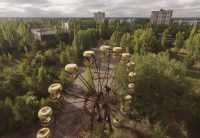

Leave a comment